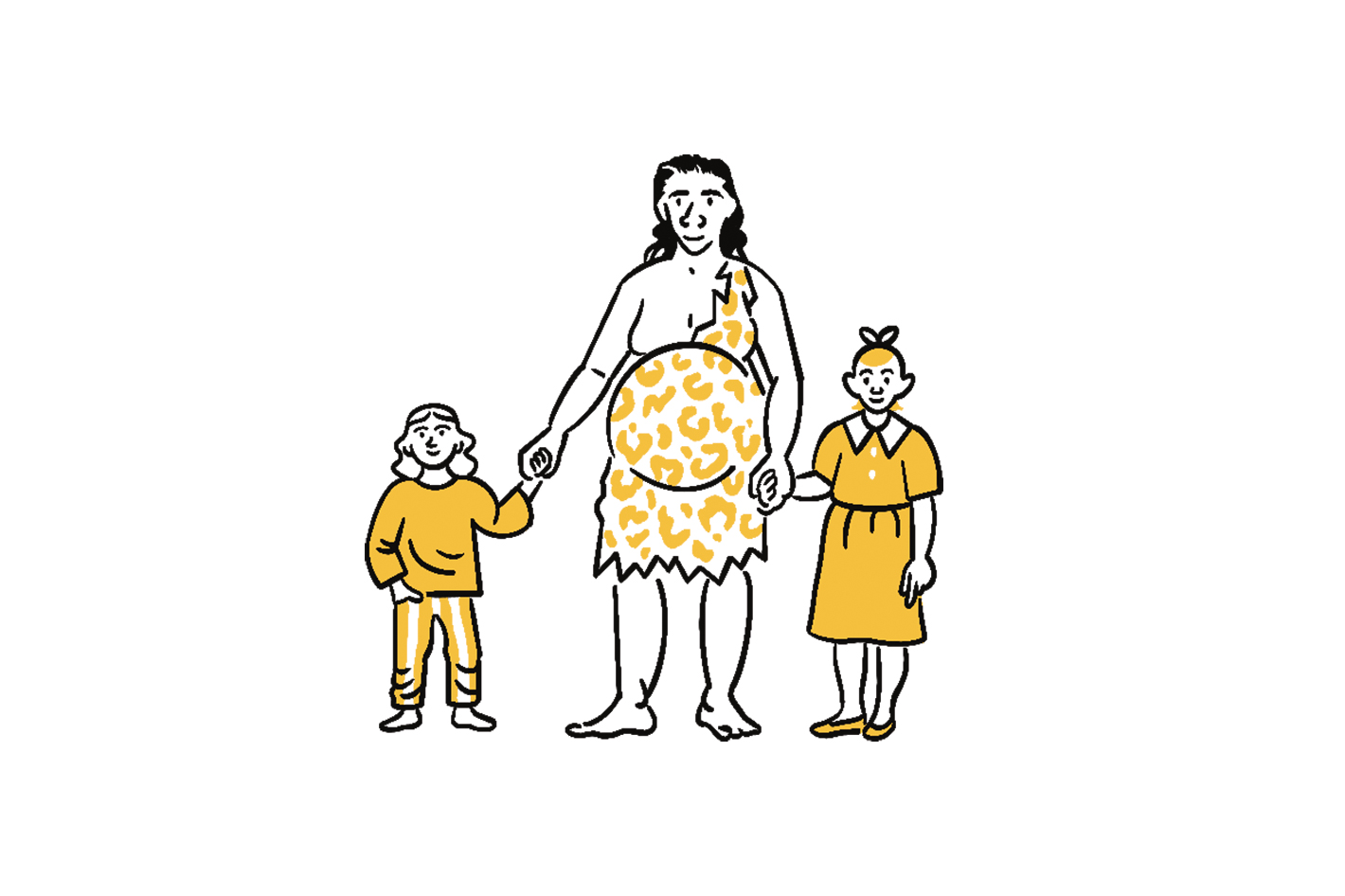

Hugo Zeberg is a researcher at the Max Planck Institute for Evolutionary Anthropology. This is his story from the field as told to Claire Maldarelli.
About half a million years in the past, modern humans split from Neanderthals, our closest relatives. But when the two species saw each other again 60,000 years ago in what is now the Middle East, they interbred.
Those romances left their mark. In 2010, before I started in the field, anthropologists sequenced the Neanderthal genome using samples from fossilized bones and found that parts of its DNA still exist in humans. We now believe that more than 50 percent of our evolutionary cousin’s genes have survived the millennia, and we’re currently trying to understand why these prehistoric chromosomes have persisted for so long—and if they provide us with any evolutionary benefit.
In 2020, my lab found that a gene variant that encodes for a specific receptor for progesterone (a hormone crucial to ensure healthy pregnancies) comes from Neanderthals. It is present in one-third of European women, and those who possess it tend to have fewer miscarriages and give birth to more children.
[Related: This clue suggests Neanderthals may have been into arts and crafts]
We’ve also found that some of the ancient hominin’s genetic material seems to trigger an overactive immune response to the novel coronavirus, resulting in a more severe case of COVID-19. This troublesome gene likely stuck around because it helped our ancestors fight disease, but now that we’ve identified it, we hope to understand it and open the doors to future treatments.
Of course, the bits of Neanderthal living in each of us aren’t all the same. About 1 to 2 percent of each human’s genome is Neanderthal in origin, and genetic tests like 23andMe can reveal your number. I’ve still never taken one, though I think it’s cool to know there’s a little bit of our past within us all.
This story appears in the Winter 2020, Transformation issue of Popular Science.
